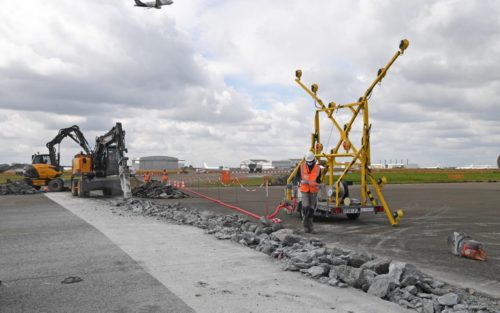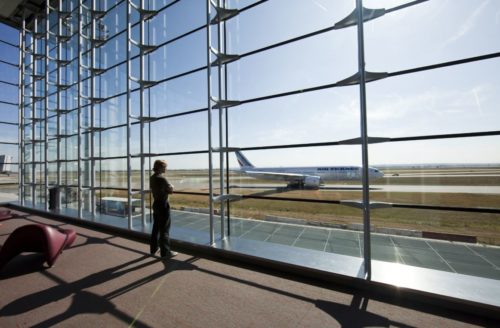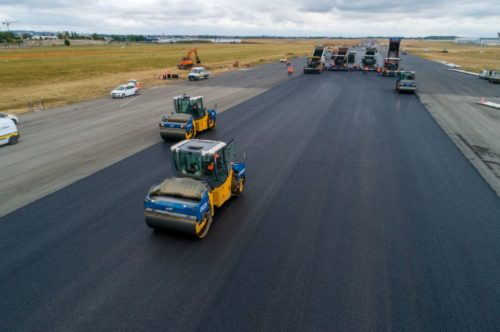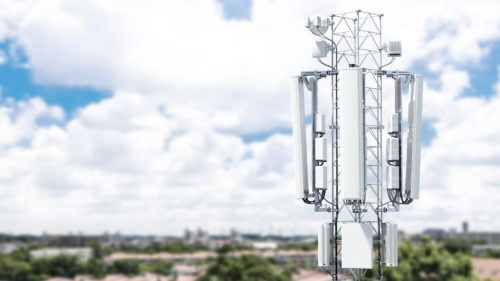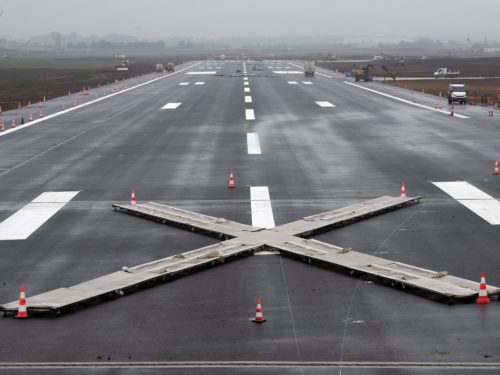Why does Paris-Charles de Gaulle airport need a new layout today?
Paris-Charles de Gaulle is the European Union's leading airport, with over 200,000 passengers a day, and the main hub for Air France-KLM and the Skyteam alliance. It is also a major air freight hub.
Paris-Charles de Gaulle airport needs to be redeveloped today for three main reasons:
1. To keep pace with moderate traffic growth, even when moderate.
The COVID crisis has had a lasting impact on perspectives for traffic growth. Before COVID, passenger traffic was growing at around 2% to 2.5% a year.
Today’s outlook is much more moderate, with a 1% to 1.5% increase in passenger numbers expected each year.
However, we need to plan to adapt the number of infrastructures and the accessibility of terminals to future passenger numbers and demands.

2. To offer a low-carbon airport model.
Meeting the challenges of climate change means speeding up the environmental transition of air transport to achieve carbon neutrality by 2050, and carbon neutrality for ground operations (scopes 1 and 2 [1]) in 2035 for Paris-Charles de Gaulle, notably by speeding up the creation of train/plane connections.

3. To preserve the airport's job creation momentum.
Every day, almost 90,000 employees working for over 700 companies welcome, guide, transport and ensure the safety of passengers and their baggage as they travel all over the world, making Paris-Charles de Gaulle airport a strategic asset for France.
***
Find below the 5 main thrusts of this project, which reconciles growth and responsibility, rail and air, existing and development, as well as the public consultation process:
Download the consultation project summary for more content
[1] In accordance with the Greenhouse Gas Protocol, scope 1 refers to emissions directly linked to our airport activity (service vehicles, etc.) and scope 2 refers to indirect emissions associated with the production of energy used (purchased electricity, heat, etc.).










